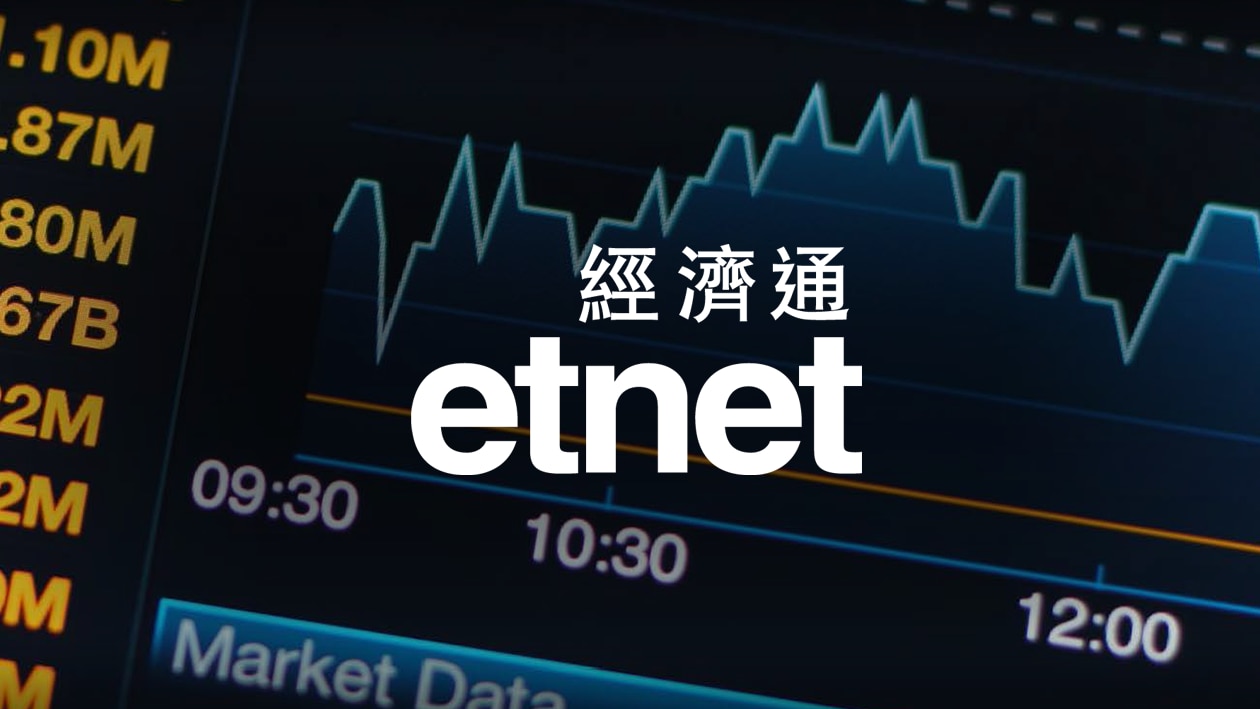Labuan Re boosts reinsurance confidence with AMD EPYC™ CPUs
Labuan Reinsurance refreshed its infrastructure with HPE servers powered by AMD EPYC CPUs to boost performance, reliability, and sustainability
Insurance is all about providing certainty, so business continuity can be delivered despite unforeseen circumstances. This is even more true of companies that insure the risk of other insurers, such as Malaysia’s Labuan Reinsurance (Labuan Re). Perhaps more than most, this type of business values rock-solid stability. As such this type of business is reluctant to change its infrastructure platform for something new, despite any incremental capabilities or performance it may offer. It is also vital that leading financial institutions keep up and have the infrastructure to support global business. So when Labuan Re wanted to upgrade its systems for its most important workloads, the company chose to switch to AMD EPYC™ processors. This proved to be an effective decision for reliability, workflow, and future goals.
As a reinsurance company, Labuan Re’s clients are not retail customers but insurance businesses, corporate brokers, and other reinsurance organizations. Over its 30 years of existence, Labuan Re has operated business-to-business and has traditionally used Intel Xeon-based infrastructure. But for its latest upgrade, the company determined it needed a bold approach. “We saw it as an opportunity to explore other computing platforms than Intel when we were relocating our data center,” says Patrick Wong, CIO, Labuan Reinsurance. The company was moving its infrastructure from Kuala Lumpur to Cyberjaya, a science park on the city’s outskirts. “We took the opportunity to try AMD EPYC processors.”
Labuan Re’s initial interest came from public benchmark tests and discussions with the AMD team in Malaysia. Wong had also seen successful AMD deployment elsewhere in his home country. “Most of the data centers in Malaysia are already using AMD for shared services,” he says. The company put together an assessment of the potential benefits, based on its mix of workloads, 80 percent of which were online and the remainder batch processing. This convinced Labuan Re that AMD processors would be a valuable upgrade. “Our main workload is a reassurance transactional database and intranet portal for claim underwriters,” says Wong. “Most of our system is for the backend office.”

Much faster batch job processing
Almost all of Labuan Re’s platforms run on Microsoft Hyper-V virtualization software. “Our core system is DXC,” says Wong. “We also have an investment system and a custom-built portal, mostly running on Microsoft SQL databases. We are now exploring an online portal for our clients and AI enhancements for our underwriters.” As Labuan Re’s demands grew, so did their urgency to build up more robust infrastructure.
Labuan Re approached several Tier 1 system integrators, eventually choosing HPE. “After HPE won the bid, we collaborated considerably on finding the best configurations. We had a performance bottleneck with our infrastructure. We wanted to reduce the time taken by a batch job by 70-80 percent, and we achieved this. After we migrated, our batch job processing time dropped from up to eight hours to less than two hours. That was precisely what we wanted. After the migration to the new AMD platform, there was a 70 percent increase in performance for our best job.”
Labuan Re saw significant improvements across almost all its workloads, with its underwriting dashboard processing time dropping from six hours to one, and profitability calculation from seven hours to one. The CC Debtor Aging Report took two hours instead of six, the GL Ops Ageing report to one hour instead of seven, and Cost Benefit Analysis one hour instead of 15.
The price differential between AMD EPYC CPUs and competitors was very favorable, and easy migration was an essential factor. “The transition was very smooth, because we remained on the same Microsoft platform,” says Wong. “We used live migrations. Because the two infrastructures are in different locations, we could migrate during non-office or non-peak hours to minimize the impact to operations.”

Reduced rack space required
Indirect cost savings have been considerable. “Now we are running with fewer physical machines, but we maintain the same virtualization workload,” says Wong. “This has reduced the data center footprint. In our data center we rent the space, and we are now using two instead of three racks, so we reduced the rack cost by 30 percent. We're using the savings to upgrade our disaster recovery site.”
Sustainability was also a major consideration for Labuan Re. “The reason we moved over to the new data center was to comply with our ESG roadmap,” says Wong. “Prior to that we hosted internally, which was not tier three energy compliant, so we subscribed to a green data center in Cyberjaya. With 71 percent of our business from international customers, 15 percent from Llyod’s, and only 14 percent local, one of the criteria we used for selecting the data center was that it must have green certification and ESG compliance to satisfy our global clients.”
Further power savings came from a switch to state-of-the-art storage. “We migrated to a new technology that consumes less power,” says Wong. “Now the storage we are using is all Flash. Prior to this we were using multi-tiered SAS storage, SCSI and Flash.”
Labuan Re has now moved most of its infrastructure over to AMD. “For production, 100 percent of our workloads now run on AMD EPYC CPUs, and so does our User Acceptance Testing,” says Wong. Labuan Re opted for AMD EPYC 9124 processors. “We chose 16-core models to match our Microsoft license.”

Reliable reinsurance with AMD EPYC CPUs
Labuan Re expects this configuration to give it the stability it needs for future goals. “We sized this infrastructure for the next five years,” says Wong. This includes plans to roll out AI. “Currently, we have about 40 underwriters. We are building some intelligence into the assessment process so that the underwriters can spend less time researching whether to accept the risk or not. With the AI pilot they can do this assessment within two hours. If we can replicate this with the 40 underwriters, we can bring the turnaround time from two to three weeks to less than a day.”
Labuan Re is now confident enough in its AMD migration that it is evangelizing the benefits of the technology to its peers. “I am in a CIO group,” says Wong. “A lot of CIOs have a legacy with other brands than AMD, and their motto is if it’s not broken, don't fix it. So there's a barrier to moving to another platform. Even if they begin, they start small with development or UAT workloads. I shared with them that we moved our entire production to AMD. Everything is working well and the performance is better.”
“The Financial Services Industry has a psychological barrier about moving to something that is not proven,” concludes Wong. “They will do a test run first, and if within the next few years everything is okay, then they'll slowly migrate.” However, Labuan Re’s experience with AMD EPYC CPUs has proven that the processors are effective for reinsurance company infrastructure. “Our SLA with our reseller is stringent. Our infrastructure must also provide high availability. Alongside the performance gains, AMD EPYC processors have delivered the dependability we need to achieve high levels of reliability. If you're planning for growth, virtualization, or analytics-heavy workloads, AMD EPYC CPUs are a smart and future-ready choice.”

About the Customer
Labuan Re is a Malaysian reinsurance company established in 1992. It provides general reinsurance and retakaful (Islamic reinsurance) services to clients in the Asian and Middle Eastern markets. The company underwrites a diversified portfolio of risks and maintains a strong financial position, holding an A- (Excellent) rating from AM Best. Labuan Re is recognized for its prudent growth strategy and has a presence in the global market through its subsidiary at Lloyd's of London. For more information visit labuanre.com.my.
Case Study Profile
- Industry:
Financial services - Challenges:
Improve performance, sustainability and reliability of infrastructure during a move from on-premises data center to green co-hosting facility - Solution:
Deploy HPE servers powered by 4th Gen AMD EPYC™ 9124 CPUs with 16 cores - Results:
70% better performance and up to 15x faster processing for some workloads; 30% reduction in data center racks, enabling lower power consumption; reliable and trustworthy high availability - AMD Technology at a Glance:
4th Gen AMD EPYC™ 9124 CPUs - Technology Partners:










